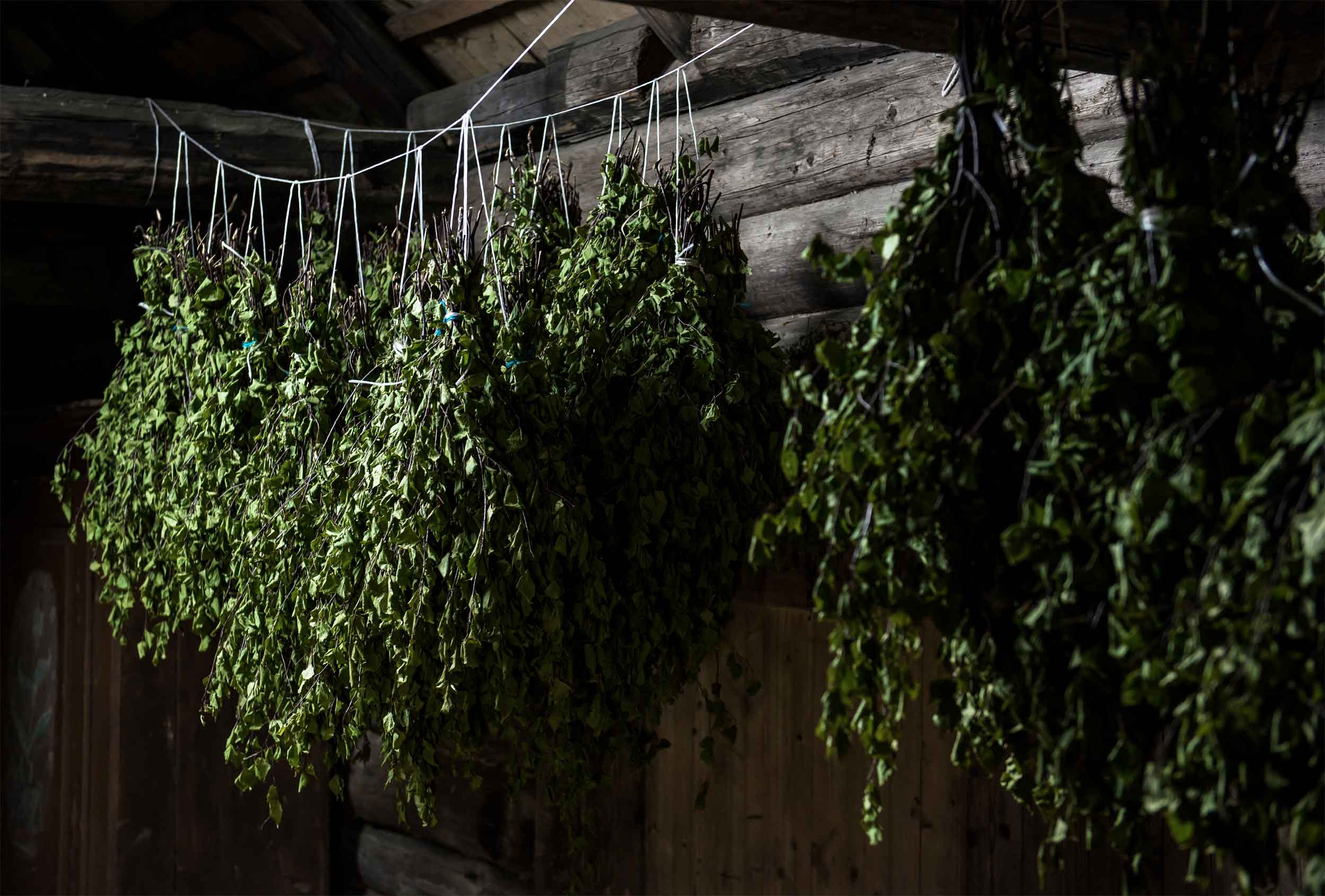
Wood Burning Sauna: A Holy Place
Religious affiliation may have inspired mankind to dramatically butt heads with one another over the years, but it’s hard to argue against the wood craftsmanship these various beliefs have produced. In fact, some the oldest and impressive wooden constructions still standing today are spaces that were created to house holy rituals.
When it comes to Finland, some of its oldest wooden structures are also widely assumed to be among the holiest places in the country: the sauna. Such is the Finnish reverence for a hot wooden room filled with steam and naked bodies, that in a country of 5.5 million inhabitants, there are well over three million of them. Here, saunas can be found in homes, hotels, offices, factories and sports centres. For those who like their humidity on the go, these hot boxes have also been built in caravans, cars, boats, buses and car trailers.
Regardless of where it’s located, one can’t over-exaggerate the importance of wood to the authentic Finnish sauna experience. The influx of electric saunas in the mid 20th century may have opened the floodgates of convenience for city dwellers, but Finns of all ages concede that the quintessential sauna experience is had inside a wood burning sauna. In short: the ‘heart’ of the sauna beats strongest when it’s fed with wood.
So, if you are seeking an authentic experience, what wood should you use? Not only because their white trunks are in abundance up north, well-dried birch is the timber of choice, due to its long lasting burn. But, all things considered, essentially any wood will do, as long as it heats the room, right? And, as Finland is the most densely forested country in the world, there is no shortage of supply. In contrast, the type of wood involved in the construction of a sauna is very particular. Aside from needing to be heat-tolerant, its aroma is an important ingredient of the sauna experience. Therefore, Nordic white spruce, hemlock or varieties of cedar are used to create the sealed room. Note that the timber also ought to be knot-free, as knots can retain skin-scalding levels of heat.
Aside from creating the structure itself, wood also plays other roles in the sauna. The use of a vihta is a common occurrence in Finland. Here a leafy bunch of birch twigs is tightly wrapped together, dipped in warm water and passed between sauna-goers, who then use it to swat themselves and one another. No, this isn’t an opportunity to vent your frustrations or administer self-flagellation, or even a time-honoured Nordic precursor to sex; it’s merely a way of stimulating circulation and opening the skin’s pores. An added bonus of using vihta is that it fills the hot room with a sweet aroma.
Elsewhere in the sauna, many favour the use of a wooden bucket and ladle, in order to throw water on the hot stove and facilitate desired levels of humidity. Also, for some, the sauna is not complete without a plethora of wooden accessories such as a thermometer/hygrometer, sauna brushes, footstools, sauna lamp/lampshades and headrest.
But, all things considered, these accessories are not essential for a true sauna experience. The practice of cleansing both body and mind within four wooden walls has existed for centuries because this is a place where visitors strip themselves of clothes and pretence in order to find their spiritual peace. Some practice this ritual daily, some weekly and others when they can find the time – just like all religions around the world.





